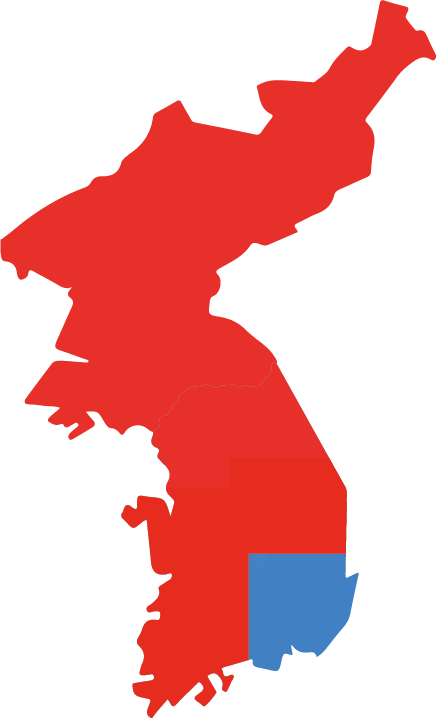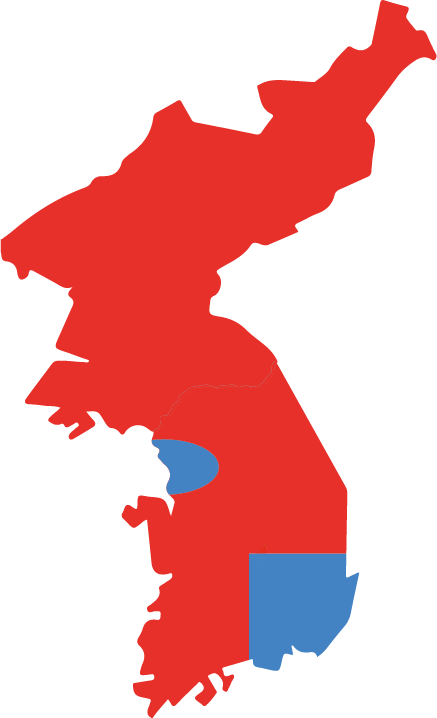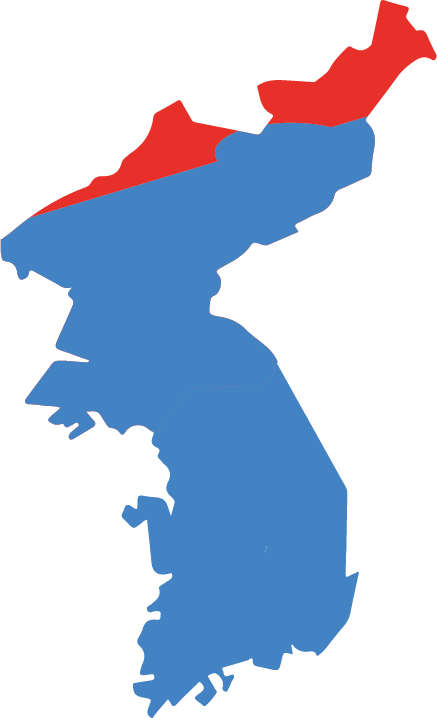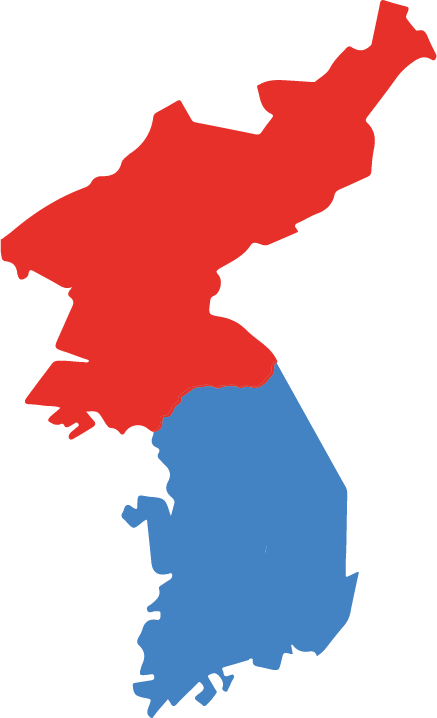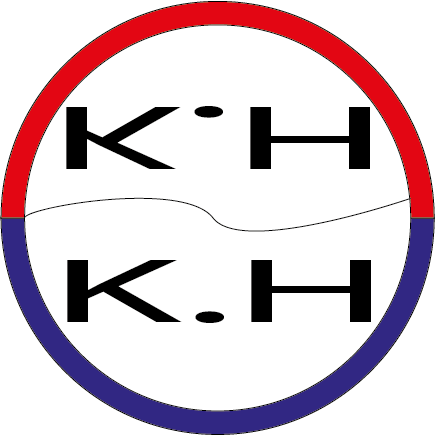-1.png)
Independence
Korea was colonized by Japan since 1910. They achieved independence on August 15th 1945 after the end of World War II. However, the independence was unstable because Japan's surrender was due to the intervention of a foreign power, United States. This led to the division of Korea,_-USSR dominating the North and USA dominating the South. Therefore, North Korea became a communist party and South Korea embraced democracy.
Attack from the North
After South Korea(1948.08.15) and North Korea(1948.09.09) each established a government, the Soviet Union and the US left Korea in order. Following such, North Korea started to prepare for war by getting support from the Communist China and The Soviet Union when the US left South Korea in order to stain them to their ideology. Then on 1950.06.25 at 4am North Korea trespassed the border and started the Korean War.
Situation
Approximately a month after the war, South Korea was mostly dominated by North Korea except for regions south ofNakdong river. Therefore, South Korea forms a defense line along Nakdong river to stall until the UN's military forces arrive. Meanwhile, the UN was having a debate whether or not to support South Korea in the war. Fortunately, because the summit of China and the Soviet Union was absent, this agenda passed.
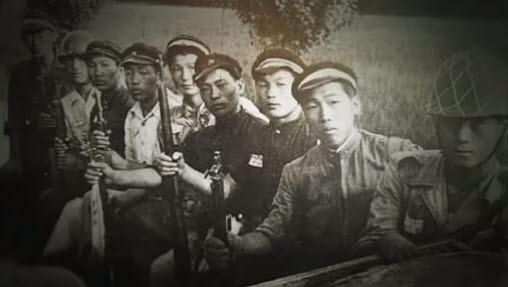
Jangsari
Landing Operation
Jangsari landing operation is an operation held on the same day as Operation Chromite. This operation was a deceptive landing operation to confuse the North. The major goal of this operation was to associate all the North Korean soldiers to Jangsari in order to loosen Incheon's guard which was where the real major landing operation was held. However, among the soldiers who participated in such operation included 772 students aged 14 to 17 years old. They headed to Yeongdeok-Gun Jangsari beach by a tank landing ship Munsan that was transferred by the US. Unfortunately Munsan was stranded at the last second of landing due to weather conditions and the Korean student soldiers had to swim to the shore. By the time they started to land on Jangsari the North’s machine gun infantry’s unstoppable assault poured upon them. Despite the relentless attack from the North they miraculously accomplished their mission which led to concentrated attack from the whole North Korea to Jangsari beach. Eventually, the Korean student soldiers were sacrificed for South Korea’s victory. 139 died, 92 injured, and most were missing and only a few came back home due to the North's ruthless attack. After the war ended, Munsan and Jangsari beach became the victory exhibition of Jangsari landing operation.
Map
During the war
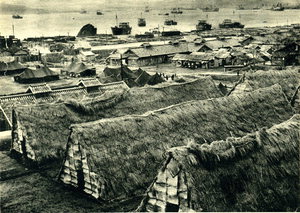
The 2nd Capital of Korea
Busan
Busan is the second biggest city in South Korea. It is located at the very end of South Korea towards the south and it is connected to the ocean. After North Korea took over all the regions including Seoul, the capital of South Korea, Busan acted as the capital of South at that period. When the Nakdong River defense line was formed, Busan was clearly in the defense line and massive amounts of refugees were associated to Busan. Therefore, the president of South Korea during that period, Syngman Rhee, announced Busan as the temporary capital. It was geographically a miracle that Busan was along the shoreline because supplies were easier to be transported through the seas. Moreover, after the agenda of supporting South Korea passed, approximately 150,000 UN soldiers from 16 countries arrived in Busan to help. Busan was the only city that was never dominated by the North’s army and it faithfully did its job to protect South Korea.
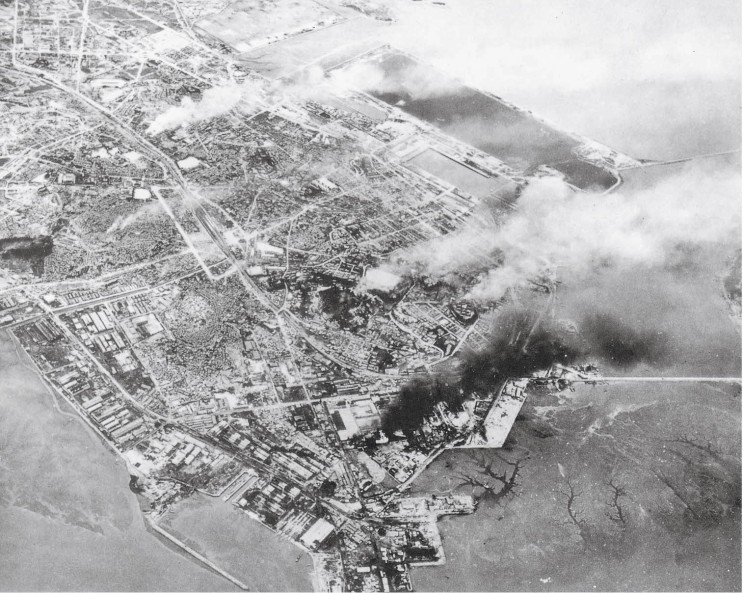
The Biggest Variable
Incheon
Incheon was the biggest variable of implementing Operation Chromite. This was because Incheon, which is the destination for the landing operation,was located where it was terrible for landing. Incheon has the 4th biggest mud flat which is a disadvantage for landing. Thus, the tidal difference was only 2 hours long and if the UN and South Korea fails landing within the 2 hours, they will have to face a mudflat of 4 kilometers long. Moreover, the real problem is that when they sail into Incheon, its water way is so narrow that when water bombs or naval mines are emplaced around it, this operation would end up as a failure. Therefore, Douglas MacArthur, the supreme commander of the combined troops, demands a secret operation called X-Ray Operation which is to order a group of South Korean special forces to secretly infiltrate into Incheon for information such as the number of troops and naval mines. Fortunately, they successfully delivered information and another group of special force called KLO special force which was already in Incheon fought for the lighthouse. Finally, after KLO special forces occupied the lighthouse, they turned on the light in order to call in General MacArthur’s fleet forces.
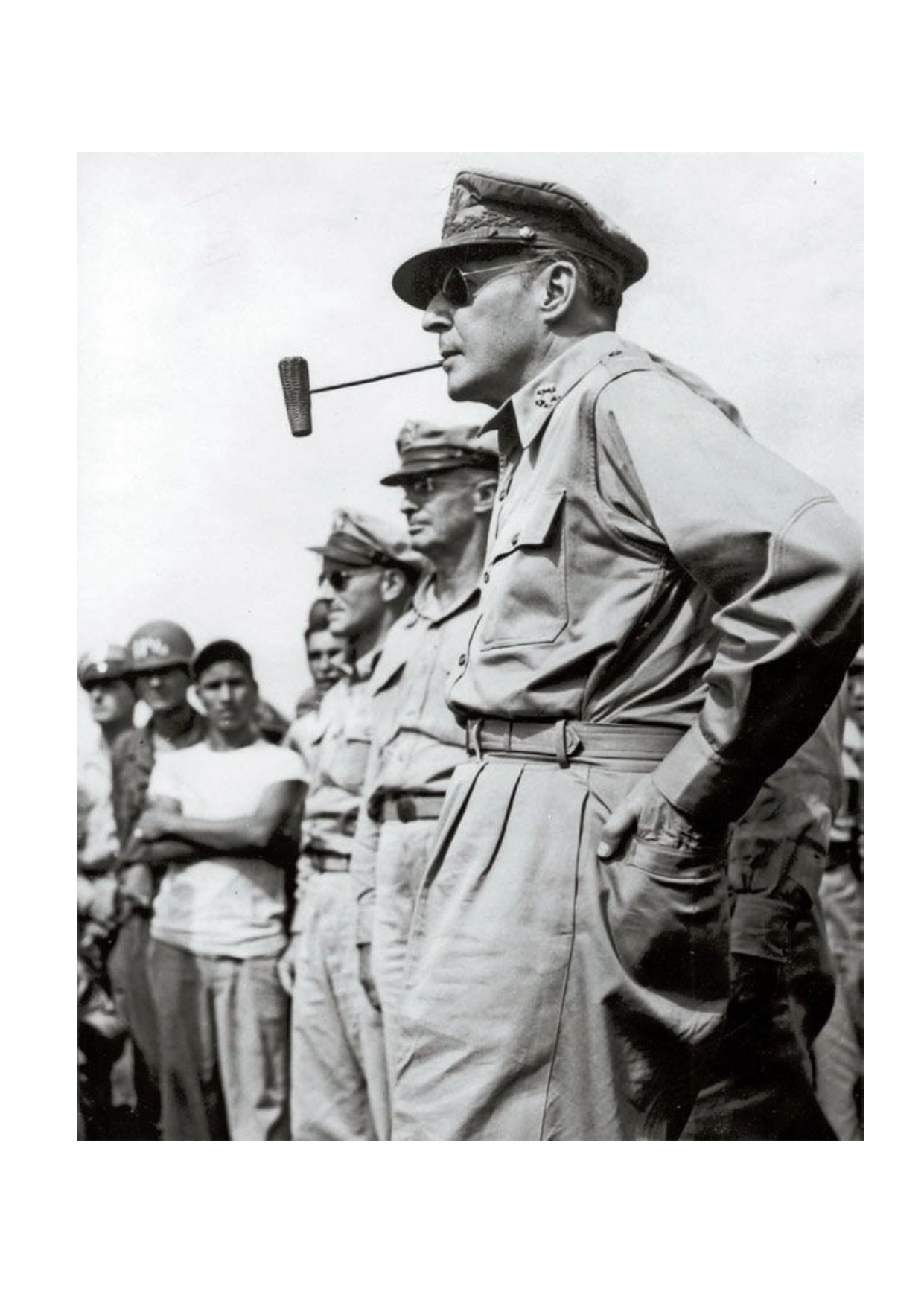
Douglas Macarthur
The gamechanger
General Douglas Macarthur chose Incheon as the landing destination. However, the US Joint Chiefs of Staff and the US Department of Defense, although agreeing upon the fact that the landing operation seems like a sound plan, the destination had to be shifted. They advised such to the Secretary of Defense as well as the president of the United States, stating the geographical disadvantages Incheon’s shore would provide to the troops. However, General Douglas Macarthur who held 87 landing operations at time of the Pacific War stubbornly chose Incheon as the destination of the landing operations, as it was only 2 hours away from Seoul, the capital of South Korea. By seizing the vicinity, they would be able to block the supply lines of the North Korean forces who were in the South.
